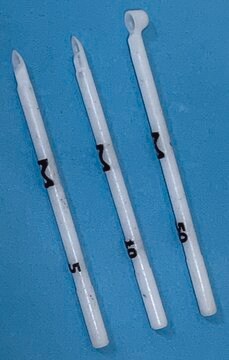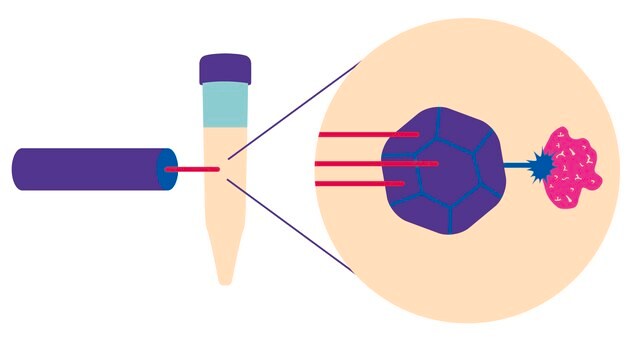927783
XPhos Pd G3 ChemBeads
Synonyme(s) :
(2-Dicyclohexylphosphino-2′,4′,6′-triisopropyl-1,1′-biphenyl)[2-(2′-amino-1,1′-biphenyl)]palladium(II) methanesulfonate, XPhos-G3-Palladacycle, XPhos-Pd-G3
About This Item
Produits recommandés
Forme
solid
Niveau de qualité
Composition
~ 4 wt.% loading of catalyst
Pertinence de la réaction
reagent type: catalyst
reaction type: Cross Couplings
Description générale
For larger scale uses, product also available in powdered form (763381)
Application
- Cyanation reaction of heterocyclic halides.
- Coupling of heteroaryl chlorides with polyfluoroaryl zinc reagents.
- Coupling of 2,6-difluorophenylboronic acid with (hetero)aryl chlorides.
Learn more about ChemBeads products
Autres remarques
Versatile Methods to Dispense Sub-Milligram Quantities of Solids using Chemical Coated Beads for High-Throughput Experimentation
ChemBead Enabled High-Throughput Cross-Electrophile Coupling Reveals a New Complementary Ligand
Code de la classe de stockage
11 - Combustible Solids
Classe de danger pour l'eau (WGK)
WGK 3
Certificats d'analyse (COA)
Recherchez un Certificats d'analyse (COA) en saisissant le numéro de lot du produit. Les numéros de lot figurent sur l'étiquette du produit après les mots "Lot" ou "Batch".
Déjà en possession de ce produit ?
Retrouvez la documentation relative aux produits que vous avez récemment achetés dans la Bibliothèque de documents.
Notre équipe de scientifiques dispose d'une expérience dans tous les secteurs de la recherche, notamment en sciences de la vie, science des matériaux, synthèse chimique, chromatographie, analyse et dans de nombreux autres domaines..
Contacter notre Service technique







